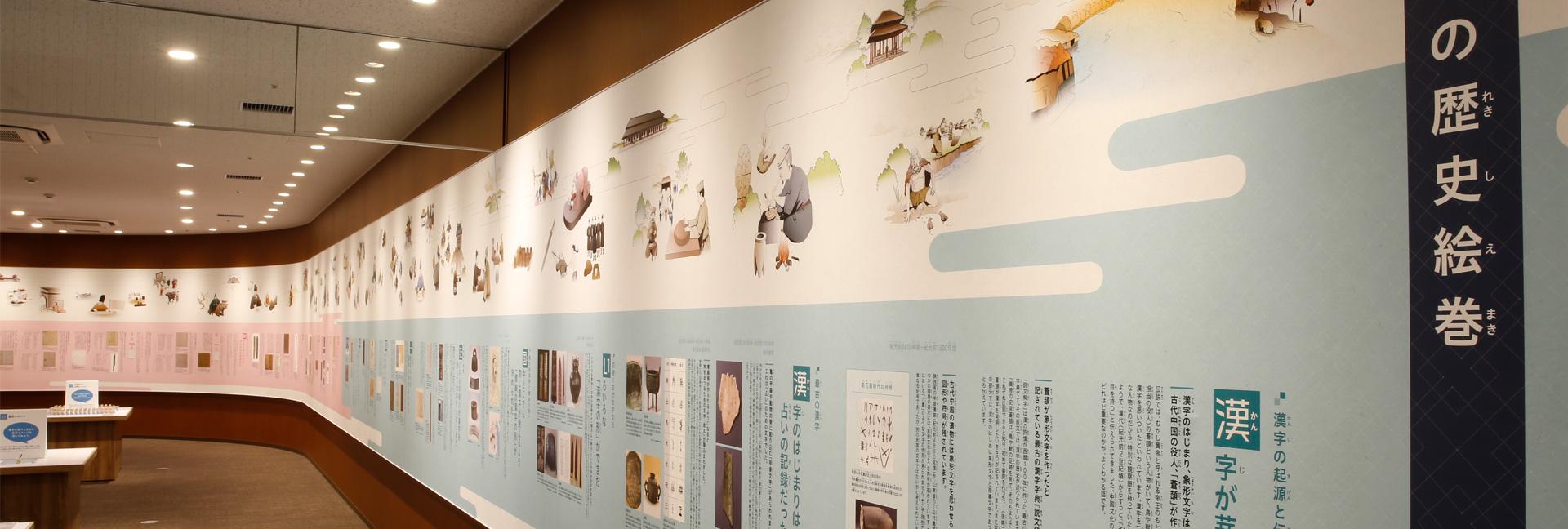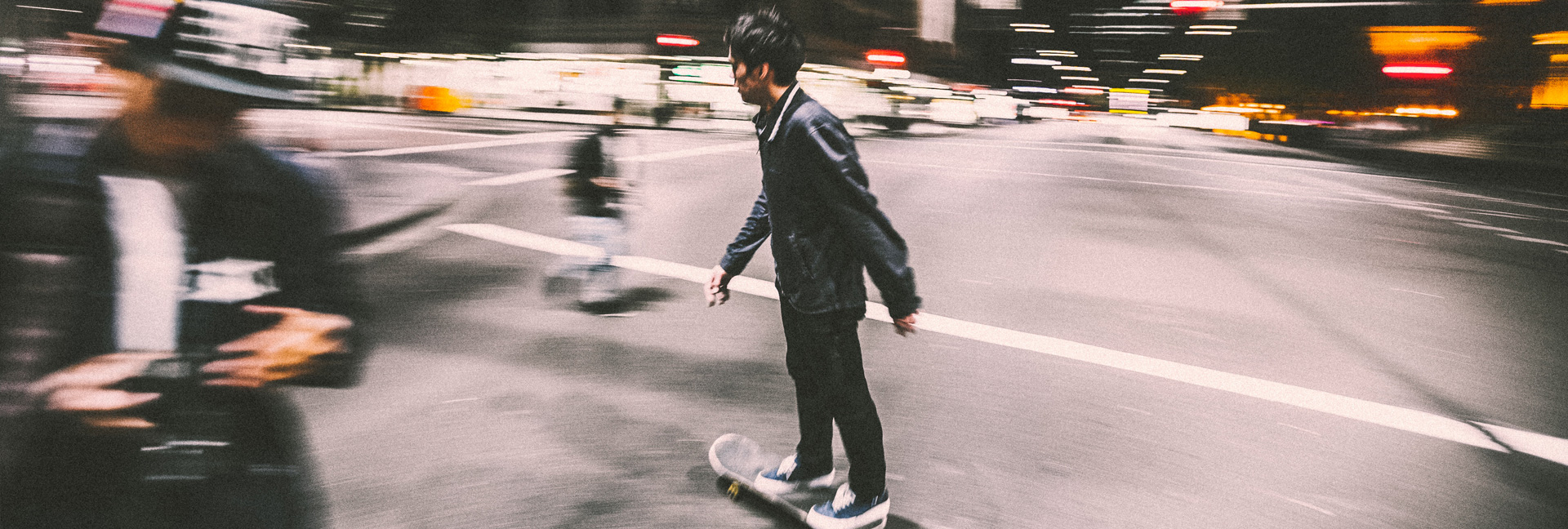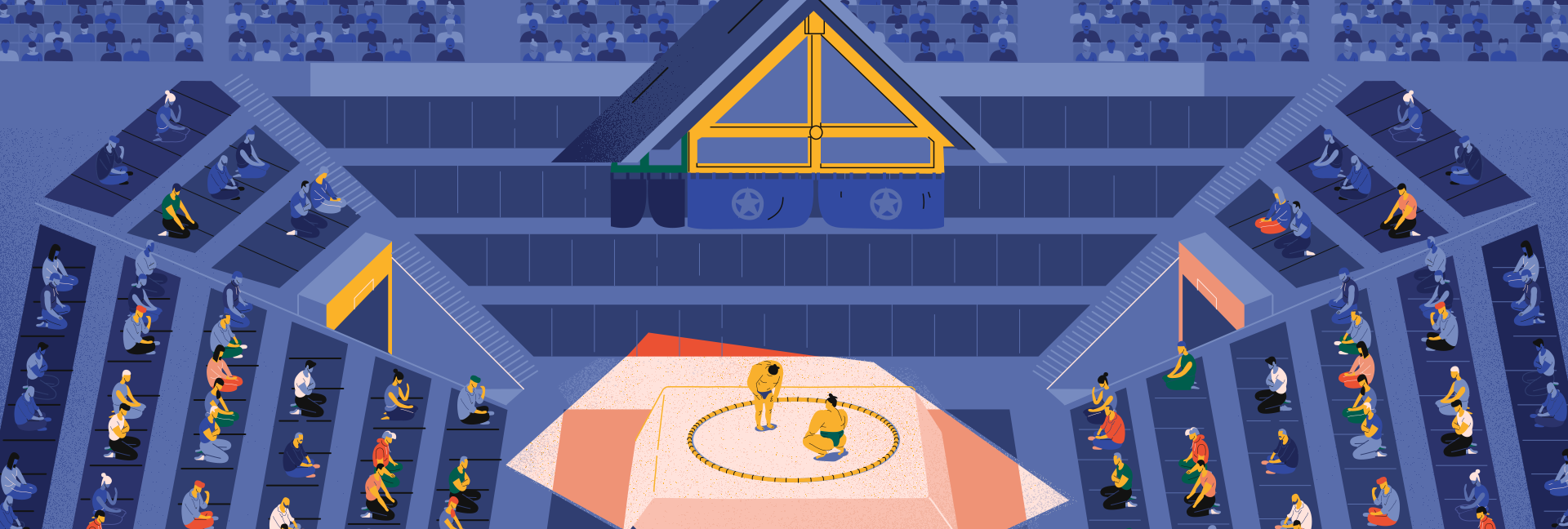The Kanji Examination and Proficiency Society has held a popular vote to choose the kanji of the year ever since 1995. Chinese in origin, ideograms have undergone a series of changes over the centuries, evolving into what today is one of the four writing systems used in Japan. Kanji is so important for the country that it not only gives an election its name, but also has a place that houses and details its rich history, the Kanji Museum & Library in Kyoto.
Divided into two floors, the interactive museum gives visitors the opportunity to unlock the secrets of ideograms through a series of playful attractions that entertain and teach, all at the same time. It is on the first floor that visitors can check out the kanji chosen to uniquely summarize the collective feeling of the previous year. In 2020, the one that got the most votes was mitsu 密, which means "density," "agglomeration," "proximity.".
Mitsu was used in government campaigns to keep people from crowding due to the Covid-19 pandemic. After spending a few days at the Kiyomizudera temple, where the announcement is made, the kanji spelled by the leader of the monks is now on display in the museum, along with those elected in previous years.
Also on the first floor, one can find a timeline that reveals the story behind the ideogram, from its origin to the present day. Woodcuts and newspapers from the Edo period and the early Meiji era are also part of the collection, as are writing artifacts used over the decades, such as pens, pencils, computers, and cell phones. There is even a very rare kanji typewriter.
Among so many attractions, the Kanji Tower is what draws the most attention. Standing almost eight meters tall, the installation displays all 50,000 characters written in the Dai Kan-Wa dictionary. Compiled by Tetsuji Morohashi, the work is considered definitive and highlights 530,000 words composed with the characters. To facilitate viewing, the ideographs on the tower come in different colors and sizes, considering how common they are in everyday use. There, visitors of Japanese origin are challenged to find their names in the ocean of kanji.
Interactive attractions stand out on the second floor and offer fun for children and adults. For example, you can test your knowledge about the easiest kanji, used in daily life, such as domestic objects and animals. Or you can even find out which word radicals are combined to arrive at a given ideogram.
Although picture-taking in different places in the museum is not allowed, there is an attraction there at which this takes-on another dimension. In the small photographic studio, visitors are challenged to use their own bodies to pose in the form of a kanji. No matter how much you know about the characters, it is interesting to try to contort your body in search of the perfect shape and to have your photo included in the gallery.
Finally, visitors are also invited to invent new ideograms to answer a simple question: Which kanji do you believe the Japanese language does not have yet, but needs? If you have questions, the library is available and has vast collection of books for children and adults, as well as dictionaries for large-scale research.
Operating since 2016 where the Motoyaei school used to be, the Kanji Museum & Library is located in the Gion district, close to the Yasaka Temple, in a very easy-to-get-to area of Kyoto. The estimated visitation time is 60 to 90 minutes.




